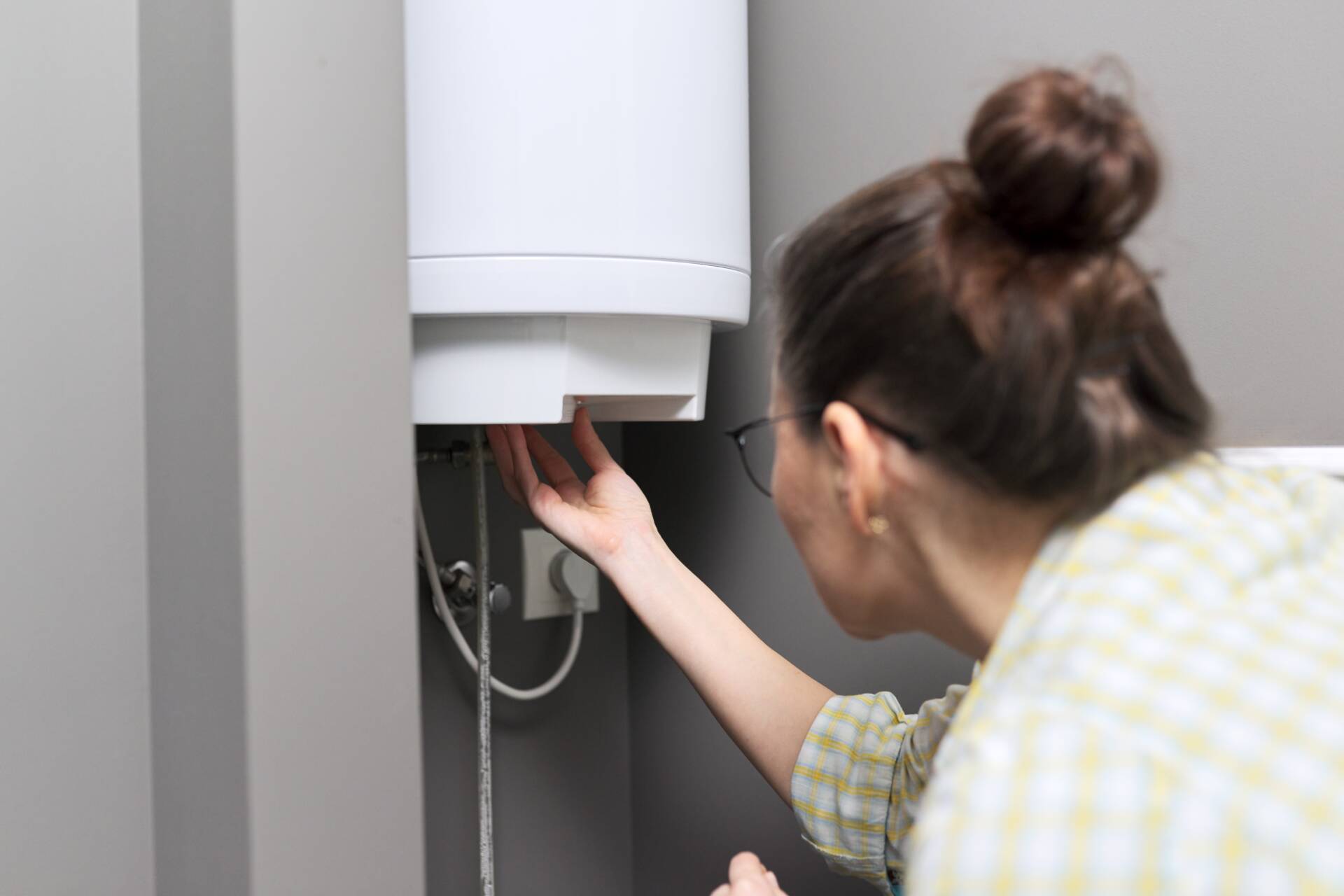The article following next relating to How to Maintain Your Water Heater & Prolong its Life is totally informative. Read it yourself and decide what you think of it.

Hot water is necessary for day-to-day comfort, whether it's for a refreshing shower or washing recipes. To ensure your warm water system runs effectively and lasts much longer, regular upkeep is key. This post provides functional tips and understandings on just how to preserve your home's warm water system to avoid interruptions and costly repair services.
Intro
Maintaining your home's warm water system might seem daunting, but with a few straightforward steps, you can guarantee it runs smoothly for many years ahead. This guide covers whatever from recognizing your hot water system to DIY upkeep tips and understanding when to call professional assistance.
Value of Maintaining Your Hot Water System
Routine upkeep not only extends the life expectancy of your warm water system yet also ensures it runs successfully. Neglecting maintenance can result in reduced performance, greater energy bills, and even early failing of the system.
Indicators Your Warm Water System Demands Upkeep
Knowing when your hot water system needs interest can stop significant concerns. Look out for indicators such as irregular water temperature level, unusual noises from the heater, or corroded water.
Purging the Water Heater
Flushing your hot water heater gets rid of debris build-up, improving efficiency and prolonging its life.
Checking and Replacing Anode Rods
Anode rods prevent deterioration inside the container. Evaluating and changing them when broken is crucial.
Facility Concerns Calling For Specialist Aid
Examples include major leakages, electric issues, or if your water heater is continually underperforming.
Regular Expert Maintenance Perks
Expert maintenance can include comprehensive inspections, tune-ups, and ensuring conformity with safety and security criteria.
Inspecting and Readjusting Temperature Level Settings
Readjusting the temperature level settings makes certain ideal performance and safety and security.
Do It Yourself Tips for Upkeep
You can do a number of maintenance tasks on your own to maintain your hot water system in top condition.
Looking for Leaks
Consistently check pipes and links for leaks, as these can bring about water damages and higher expenses.
Understanding Your Warm Water System
Before diving right into maintenance jobs, it's practical to understand the standard components of your warm water system. Usually, this consists of the water heater itself, pipelines, anode rods, and temperature level controls.
Regular Monthly Upkeep Tasks
Routine month-to-month checks can assist capture minor concerns before they rise.
Evaluating Stress Relief Valves
Checking the pressure safety valve ensures it works appropriately and avoids too much pressure accumulation.
Insulating Pipes
Shielding hot water pipelines reduces warm loss and can conserve energy.
When to Call an Expert
While do it yourself maintenance is helpful, some issues need specialist knowledge.
Verdict
Regular maintenance of your home's warm water system is essential for effectiveness, long life, and cost savings. By adhering to these tips and understanding when to look for specialist help, you can make sure a trusted supply of hot water without unforeseen disturbances.
How to Maintain an Instant Hot Water Heater
Before tinkering with your hot water heater, make sure that it’s not powered on. You also have to turn off the main circuit breaker and shut off the main gas line to prevent accidents. Also turn off the water valves connected to your unit to prevent water from flowing into and out of the appliance. 2. When you’re done, you have to detach the purge valves’ caps. These look like the letter “T” and are situated on either side of the water valves. Doing so will release any pressure that has accumulated inside the valves while at the same time avoid hot water from shooting out and burning your skin. 3. When the purge valves’ caps are removed, you have to connect your hosing lines to the valves. Your unit should have come with three hoses but if it didn’t, you can purchase these things from any hardware or home repair shops. You can also get them from retail stores that sell water heating systems. Read the user’s manual and follow it to complete this task properly. When the hosing lines are connected, open the purge port’s valves. 4. You should never use harsh chemical cleaners or solutions when cleaning your unit. Make use of white vinegar instead. It should be undiluted and you’ll probably use about 2 gallons. 5. Now flush your water heater. This task should probably take about 40 minutes. We can’t give you specific directions for this because the procedure is carried out depending on the type, model and brand of your heater. With that being said, refer to the user’s manual. 6. When you’re done draining the unit, you have to turn off the purge port valves again. Remove the hosing lines that you earlier installed on each of the water valves. Put the valve caps (purge port) back in their respective places and be very careful so as not to damage the rubber discs that are found inside these caps. 7. Now that everything’s back in place, check your user’s manual again to find out how to reactivate your water heating system. 8. Once it is working, turn one of your hot water faucets on just to let air pass through the heater’s water supply pipes. Leave the tap on until water flows smoothly out of it. https://www.orrplumbing.com/blog/2014/september/how-to-maintain-an-instant-hot-water-heater/

We had been made aware of that article about How to Maintain Your Water Heater & Prolong its Life through a pal on our other web blog. Make sure you take a moment to share this post if you liked it. I treasure reading our article about What Kind of Maintenance Do Water Heaters Need?.
Call Today